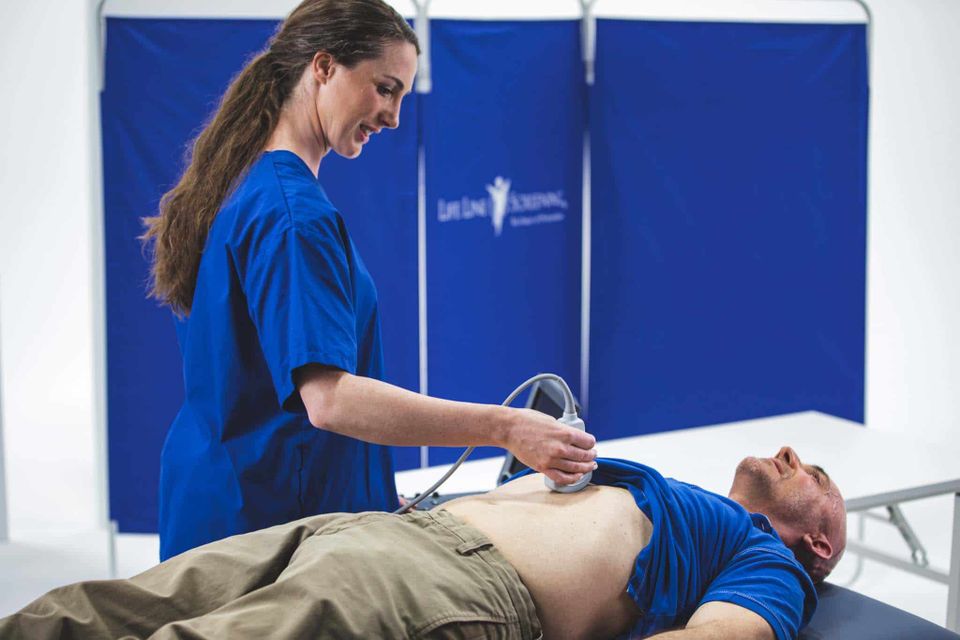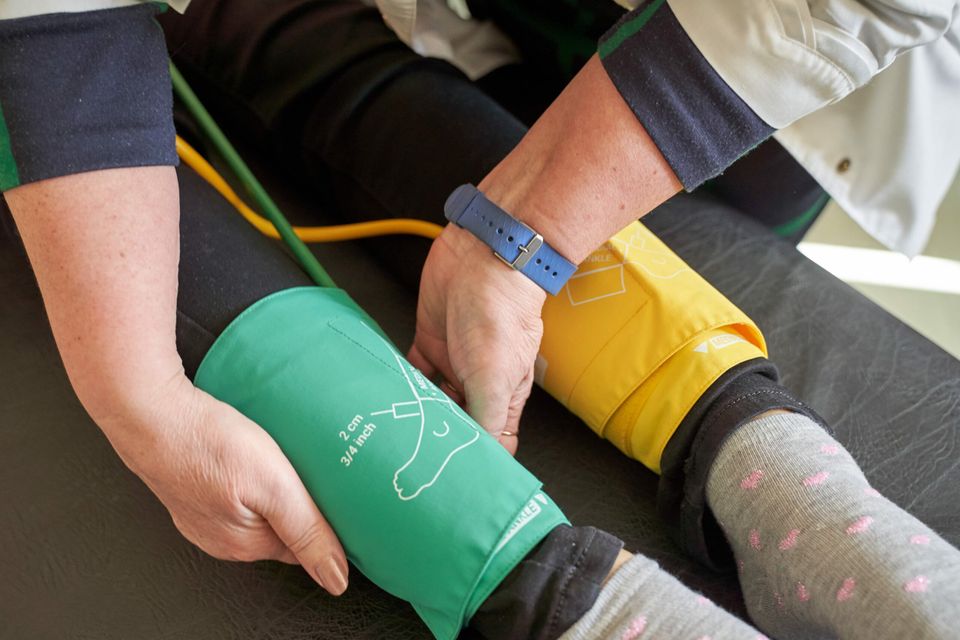

Carotid Artery Screening
Vascular screening is an important preventative measure that helps detect early signs of vascular disease, which can reduce your risk of serious health issues like stroke, heart attack, and peripheral artery disease (PAD). Here's how each type of vascular screening contributes to your health.
The carotid arteries in your neck supply blood to your brain. When these arteries become narrowed or blocked due to plaque buildup, it increases the risk of stroke. A simple, non-invasive ultrasound of the carotid arteries can help identify any blockages or narrowing, allowing for early intervention.


Abdominal Aortic Screening
The aorta is the largest artery in the body, running from the heart down to the abdomen. Over time, a segment of the aorta can weaken and expand, forming an aneurysm. If left undetected, an aortic aneurysm can rupture, which is often life-threatening. Screening measures the size of the aorta, helping catch any abnormalities early.

Ankle-Brachial Index (ABI)
The ABI test checks for PAD, which is caused by narrowed arteries in the legs. PAD can reduce blood flow, leading to pain and increased risk of heart attack or stroke. ABI compares the blood pressure in your arms and legs, providing an assessment of blood flow and indicating possible blockages.

